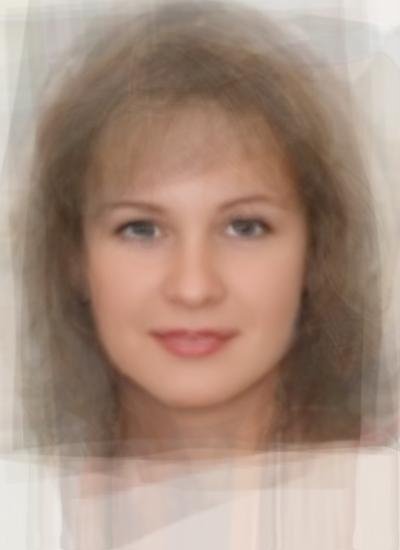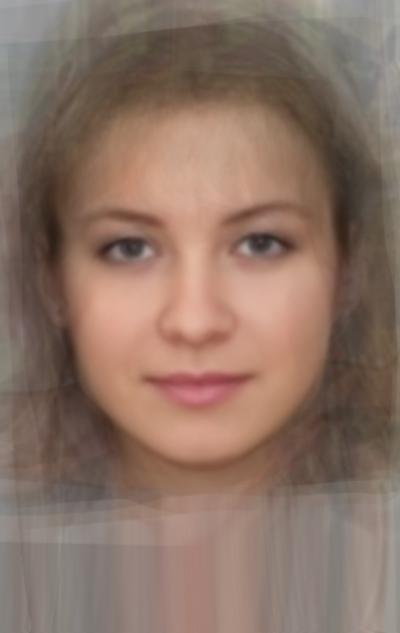| Update: Corrected Map and Addendums (Human biodiversity in Europe) (841091) | |||
|
|
|||
| Home > OTChat | |||
|
[ Read Responses | Post a New Response | Return to the Index ] |
|
||
Update: Corrected Map and Addendums (Human biodiversity in Europe) |
|
|
Posted by JayMan on Tue Sep 13 15:40:31 2011, in response to Human biodiversity in Europe, posted by JayMan on Thu Sep 8 01:01:02 2011. Here's a tweaked corrected map, since the original map had too high values colored for the central Spanish provinces: I also wanted to look at three undiscussed major ethnic groups (major in the sense of being distinct families rather than being prominent of the global stage), the Balts (Lithuanians and Latvians) the Caucasians (the true Caucasians, of the Caucasus Mountains) and the Armenians (who despite living in the aforementioned region, form their own distinct group ethnically and linguistically): Baltic: Lithuanian/Latvian composite:  Only a female composite is available. While relatively unimportant politically or economically, from an anthropological point of view, the Baltic region seems to be important for one reason: this appears to be the source of blue eyes. The Balts are the most blue-eyed people in the world, and the trait spread from there to much of Europe and as far east as Afghanistan it seems. This may have taken place during the barbarian invasions of Rome, as Baltic groups may have hitched a ride with German tribes, possibly the Vandals. Evolutionarily they appear to be intermediate to Germanic and Slavic groups, as is obvious as seen here going from German, Lithuanian/Latvian, Russian:    The IQ for the Baltic region is somewhat problematic. No values are available for Latvia, only estimates, so I went with Lynn's & Vanhannen's estimates, of 97. L&V originally estimated Lithuania's IQ to be also 97, however in their second book, this was revised all the way down to 91. One paper I found reported a value of 90 based on a 1999 sample of 259 8- to 12-year olds, agreeing with L&V's numbers. Also, the unemployment data for the Baltic states (Lithuania: 15.6%, Latvia: 16.2%) does support the notion that these countries have slightly lower average IQ's than the countries that surround them. Why the Balts would stand out among the other European groups when much of their histories was shared with them is not clear. Newer measurements are needed (an online IQ test seems to yield values of 97 for the capital cities of both countries). Caucasian:  The Georgians appear to be the descended from the original inhabitants of the Caucasus. In appearance they seem to be similar to the Northern/Western European groups, and who knows, as the Caucasus is commonly considered to be the origin of Europeans (hence the term "Caucasian" and "Caucasoid"), perhaps this is because peoples from this area went on to populate the rest of Europe. I could find no IQ data for Georgia, so I stuck with L&V's estimate of 94. Other:  The Armenians appear to be their own people, an Indo-European group distinct from all other Indo-Europeans (like the Albanians), but who seem to have genetic and linguistic ties with the Greeks (as is obvious here). That Kim Kardashian is Armenian is obvious looking here.  The Armenians seem to have a reputation internationally similar to the Ashkenazi Jews, that is, as talented middle men. And indeed, it seems historically they have occupied that role. I could find no good IQ data for Armenia, only a reference (read the comments) that states that studies have shown that the IQ of Armenians in Armenia is 94, but of Armenians outside the country it is 107! A prolonged brain drain could have easily produced this result, however, Armenia is also known for a producing disproportionate share of chess champions. It is possible that the country's average IQ is fairly high. Again more study is needed. Cochran and Harpending argue that the Caucasus was the origin of the original Indo-Europeans, who managed to impose their language and culture across Europe and Asia as far east as Northern India. They propose they did this because they were the first true milk-drinkers—the first group to develop lactose tolerance. This gave them a competitive advantage that they used to impose their ways on the people they conquered. The Ossetians who live in the Caucasus are proposed to be their descendents. Unemployment data: Lithuania: 15.6% Latvia: 16.2% Georgia: 16.9% Armenia: 6.6%, (7.1%) Note that value for Armenia suggest that the population does indeed have a fairly high average IQ, perhaps higher than I'm reporting here. |